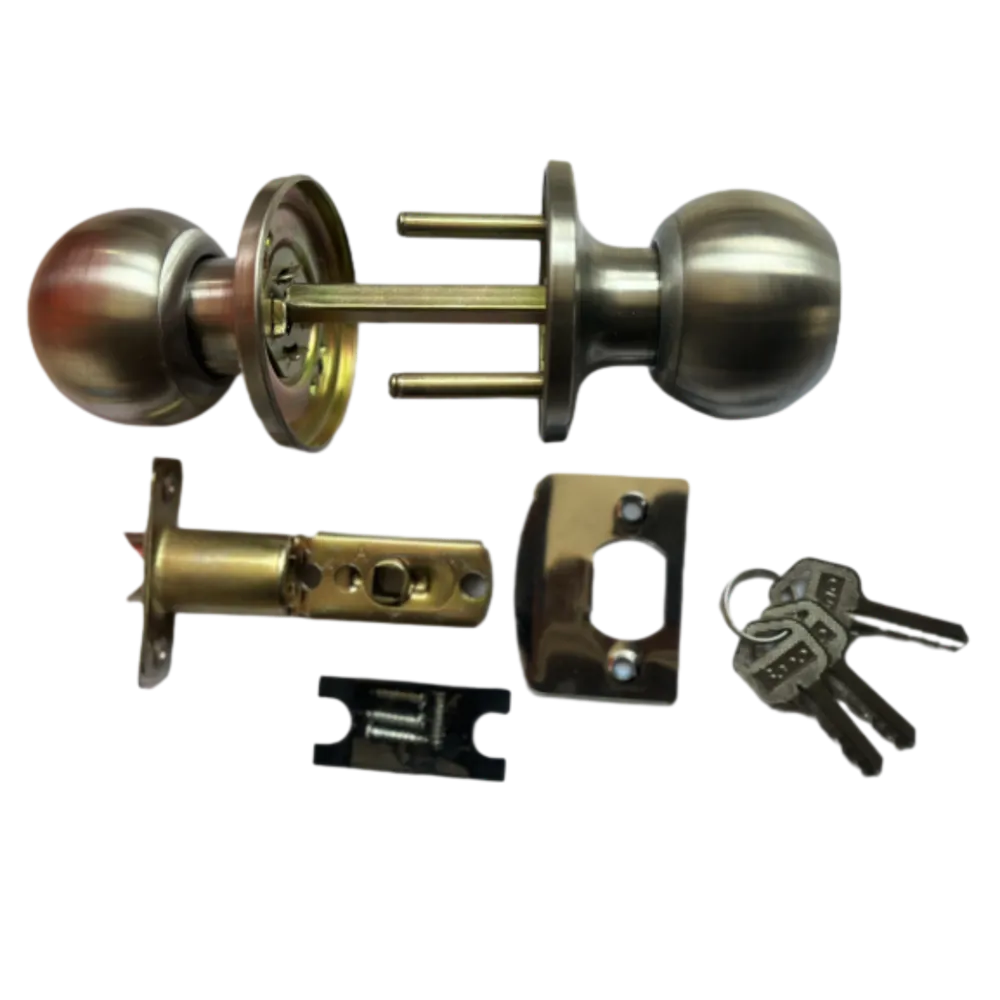what is stronger steel or iron
What is Stronger Steel or Iron?
When it comes to discussing materials that have shaped our civilization, two names prominently stand out iron and steel. Both have been utilized throughout history for various applications, from tools to skyscrapers. However, when comparing the two, it becomes clear that steel has distinct advantages over iron in terms of strength and versatility. This article will explore the differences between steel and iron and elucidate why steel is generally considered the stronger of the two.
Understanding Iron
Iron, as one of the most abundant elements on Earth, has been used by humans for thousands of years. It is a metal that is soft and malleable in its pure state, but when alloyed with carbon, it undergoes a transformation that enhances its properties. The two main forms of iron used in various applications are cast iron and wrought iron.
- Cast Iron This type is primarily composed of iron, carbon (2-4%), and silicon. While it offers excellent fluidity and casting capabilities, cast iron is brittle and can crack under stress. It is ideal for applications like cookware, engine blocks, and plumbing fittings. However, its limitations in tensile strength make it less suitable for structural applications.
- Wrought Iron This type is more ductile and tougher compared to cast iron, containing less carbon (typically less than 0.1%). Wrought iron is known for its resistance to corrosion and its ability to be easily shaped. Despite these advantages, wrought iron is still less strong than steel and has largely been replaced by modern materials in construction and manufacturing.
The Rise of Steel
Steel is an alloy primarily made from iron and a small percentage of carbon (generally between 0.2% and 2%). This simple addition of carbon fundamentally changes the properties of iron, producing a material that is significantly stronger and more durable. The strength of steel is attributed to its crystalline structure, which allows it to withstand greater amounts of stress than either pure iron or cast iron.
There are various types of steel, including
what is stronger steel or iron

- Carbon Steel This is classified based on the amount of carbon it contains, with low, medium, and high carbon steels available
. Low carbon steel (like mild steel) is ductile and easy to shape, while high carbon steel offers enhanced hardness and tensile strength.- Alloy Steel This type incorporates additional elements, such as chromium, nickel, or manganese, which enhance steel's properties. For instance, stainless steel is an alloy that contains chromium, making it resistant to oxidation and corrosion.
- Tool Steel This specialized type of steel is designed for manufacturing tools and dies, exhibiting superior hardness and wear resistance.
Strength Comparison
The key factors that make steel stronger than iron are tensile strength and ductility. Tensile strength refers to the maximum amount of tensile (pulling) stress that a material can withstand before failure. Steel’s tensile strength exceeds that of iron significantly, making it suitable for use in construction, automotive, and aerospace applications where durability is critical.
Moreover, steel's ductility means that it can deform without breaking, which is essential in applications where materials are subjected to high stress and impact. In contrast, the brittleness of cast iron makes it prone to shattering under sudden stress, limiting its practical applications in structural contexts.
Conclusion
In summary, while both iron and steel have played crucial roles in the development of human technology and society, steel is undeniably the stronger and more versatile material. Its superior tensile strength, ductility, and adaptability to various environments have made it the material of choice in countless applications, from the infrastructure of cities to everyday products. As we continue to innovate and design new materials, steel remains a testament to the advancements in metallurgy and materials science. Therefore, when considering strength and utility, steel triumphs over iron, cementing its place in both historical and modern applications.
-
Wrought Iron Components: Timeless Elegance and Structural StrengthNewsJul.28,2025
-
Window Hardware Essentials: Rollers, Handles, and Locking SolutionsNewsJul.28,2025
-
Small Agricultural Processing Machines: Corn Threshers, Cassava Chippers, Grain Peelers & Chaff CuttersNewsJul.28,2025
-
Sliding Rollers: Smooth, Silent, and Built to LastNewsJul.28,2025
-
Cast Iron Stoves: Timeless Heating with Modern EfficiencyNewsJul.28,2025
-
Cast Iron Pipe and Fitting: Durable, Fire-Resistant Solutions for Plumbing and DrainageNewsJul.28,2025
-
 Wrought Iron Components: Timeless Elegance and Structural StrengthJul-28-2025Wrought Iron Components: Timeless Elegance and Structural Strength
Wrought Iron Components: Timeless Elegance and Structural StrengthJul-28-2025Wrought Iron Components: Timeless Elegance and Structural Strength -
 Window Hardware Essentials: Rollers, Handles, and Locking SolutionsJul-28-2025Window Hardware Essentials: Rollers, Handles, and Locking Solutions
Window Hardware Essentials: Rollers, Handles, and Locking SolutionsJul-28-2025Window Hardware Essentials: Rollers, Handles, and Locking Solutions -
 Small Agricultural Processing Machines: Corn Threshers, Cassava Chippers, Grain Peelers & Chaff CuttersJul-28-2025Small Agricultural Processing Machines: Corn Threshers, Cassava Chippers, Grain Peelers & Chaff Cutters
Small Agricultural Processing Machines: Corn Threshers, Cassava Chippers, Grain Peelers & Chaff CuttersJul-28-2025Small Agricultural Processing Machines: Corn Threshers, Cassava Chippers, Grain Peelers & Chaff Cutters












